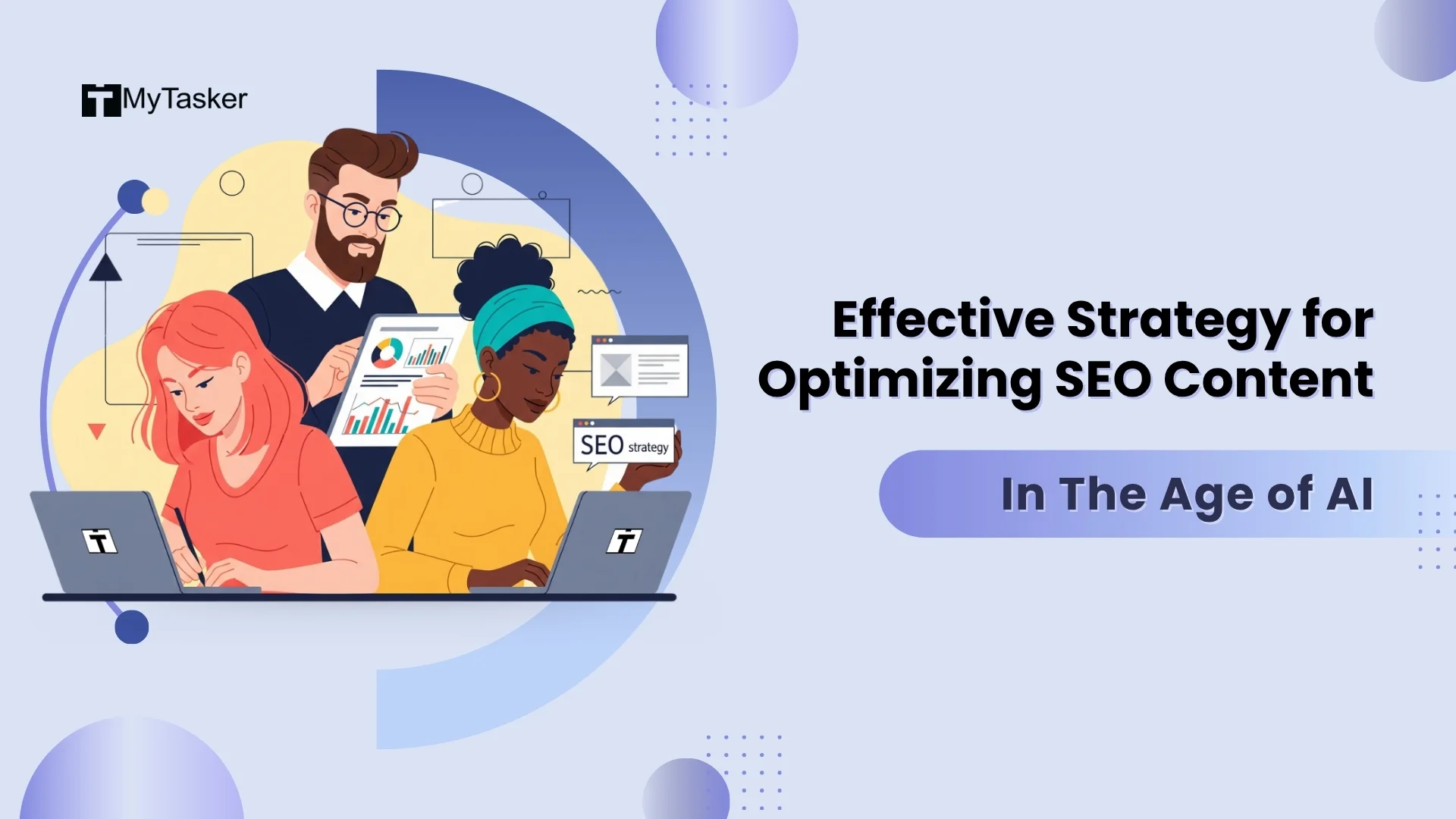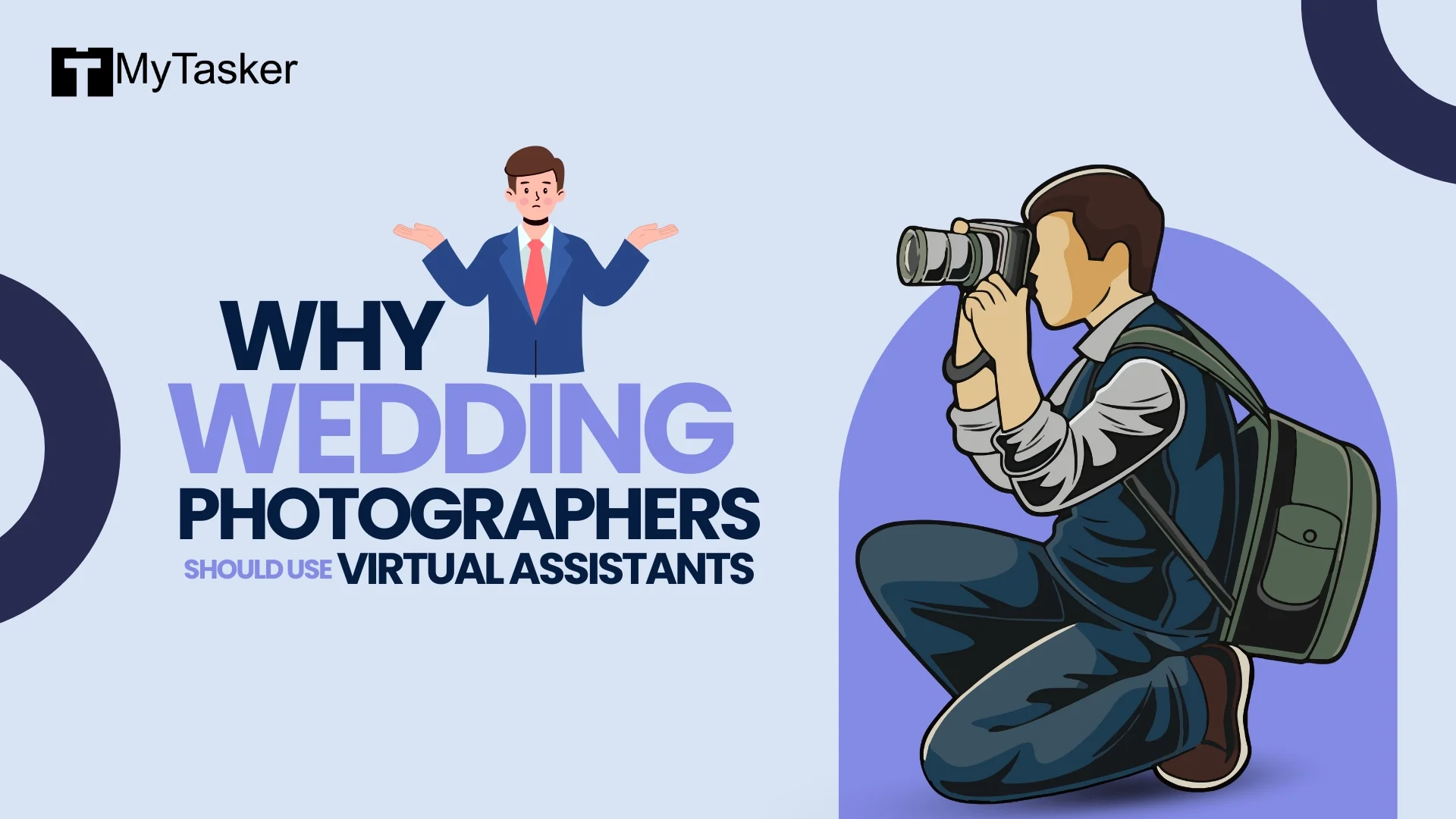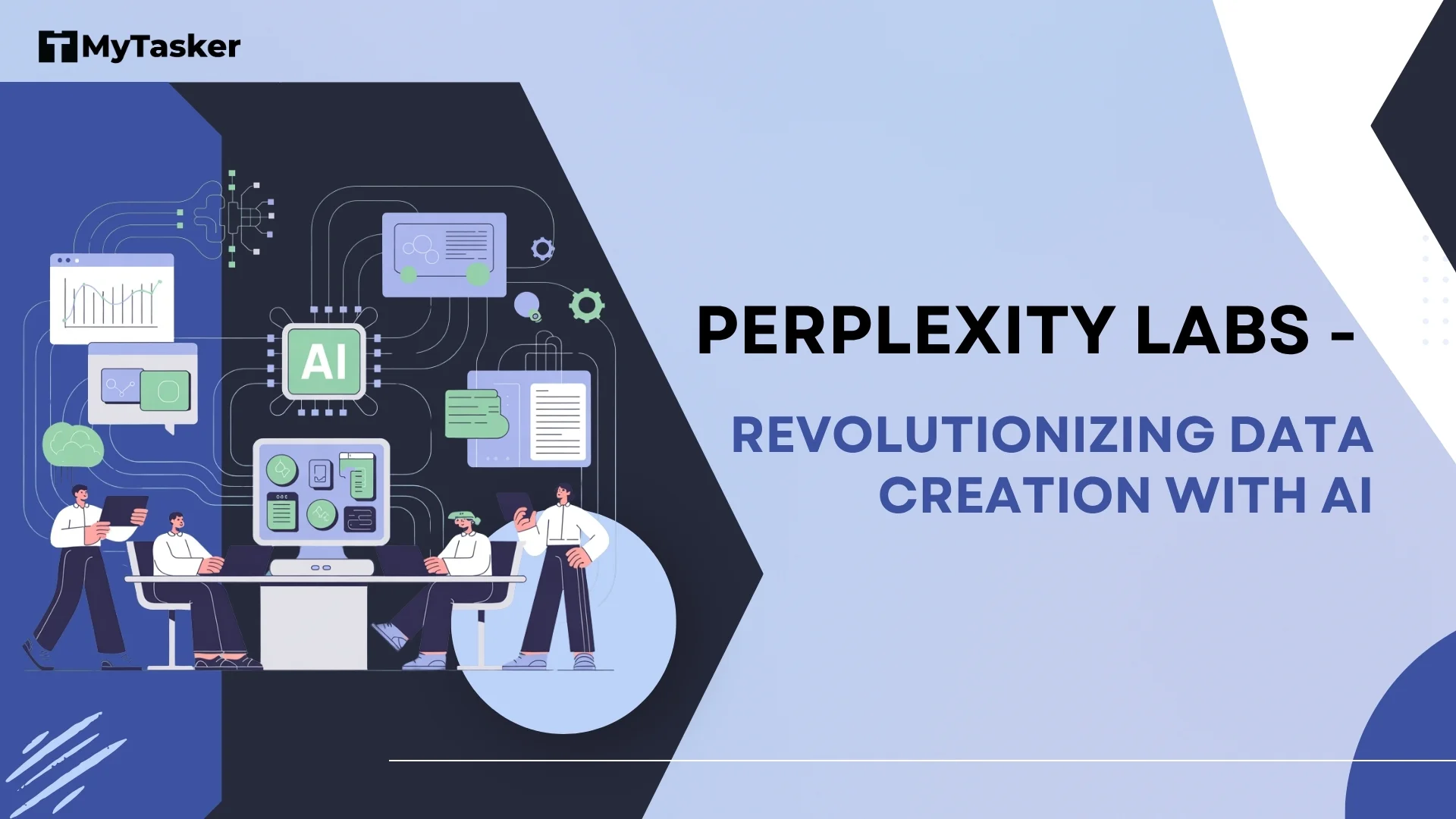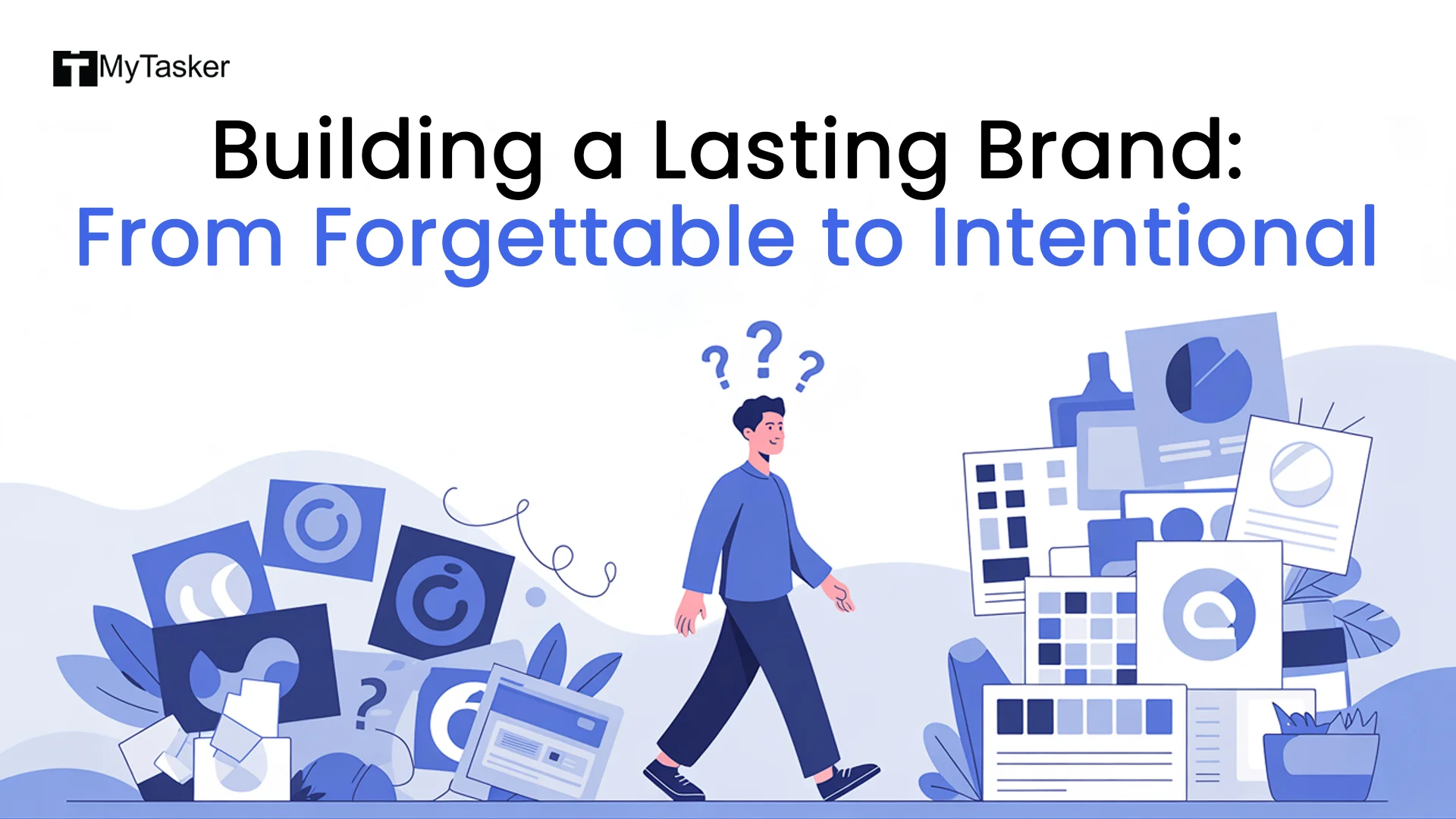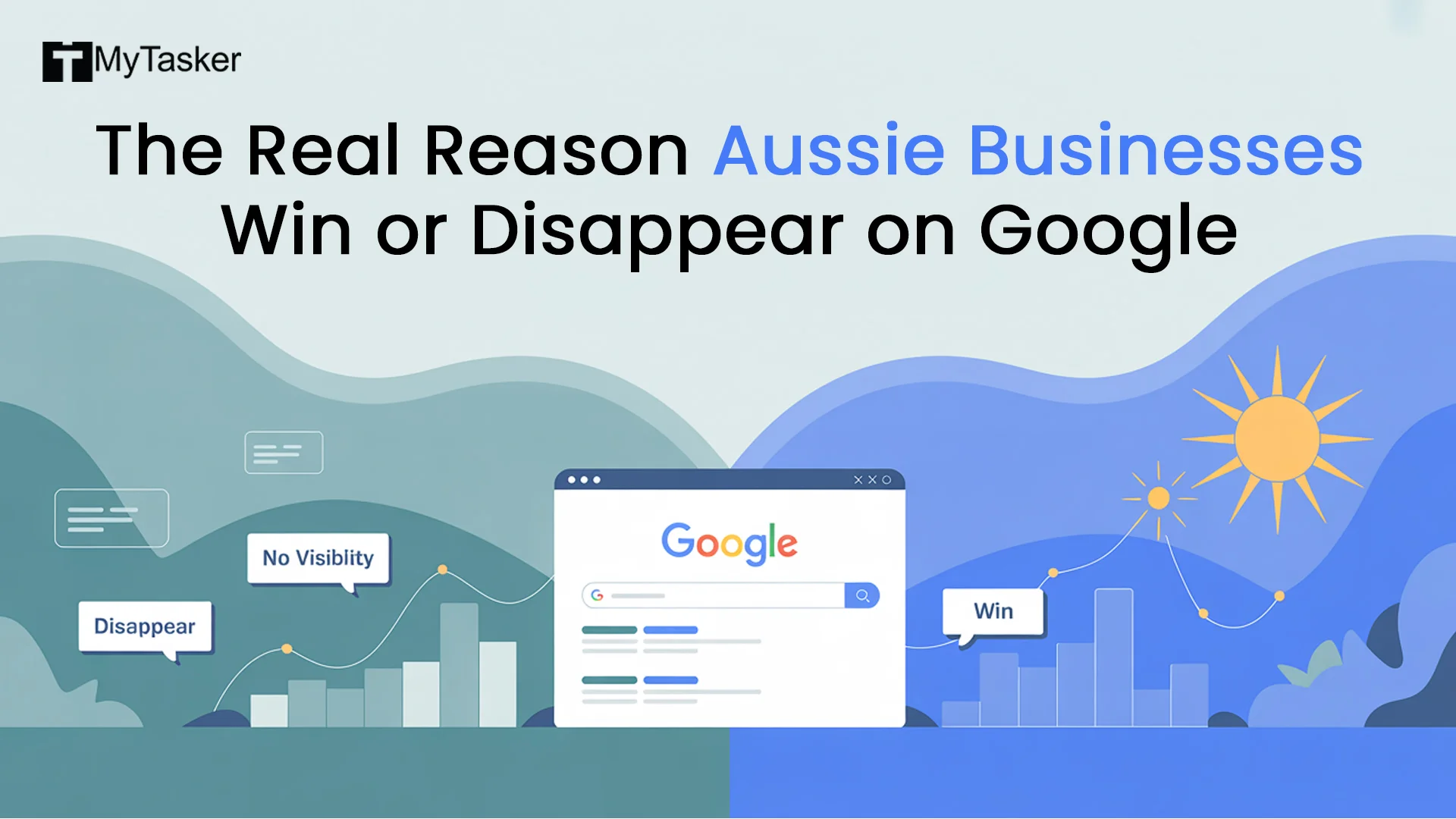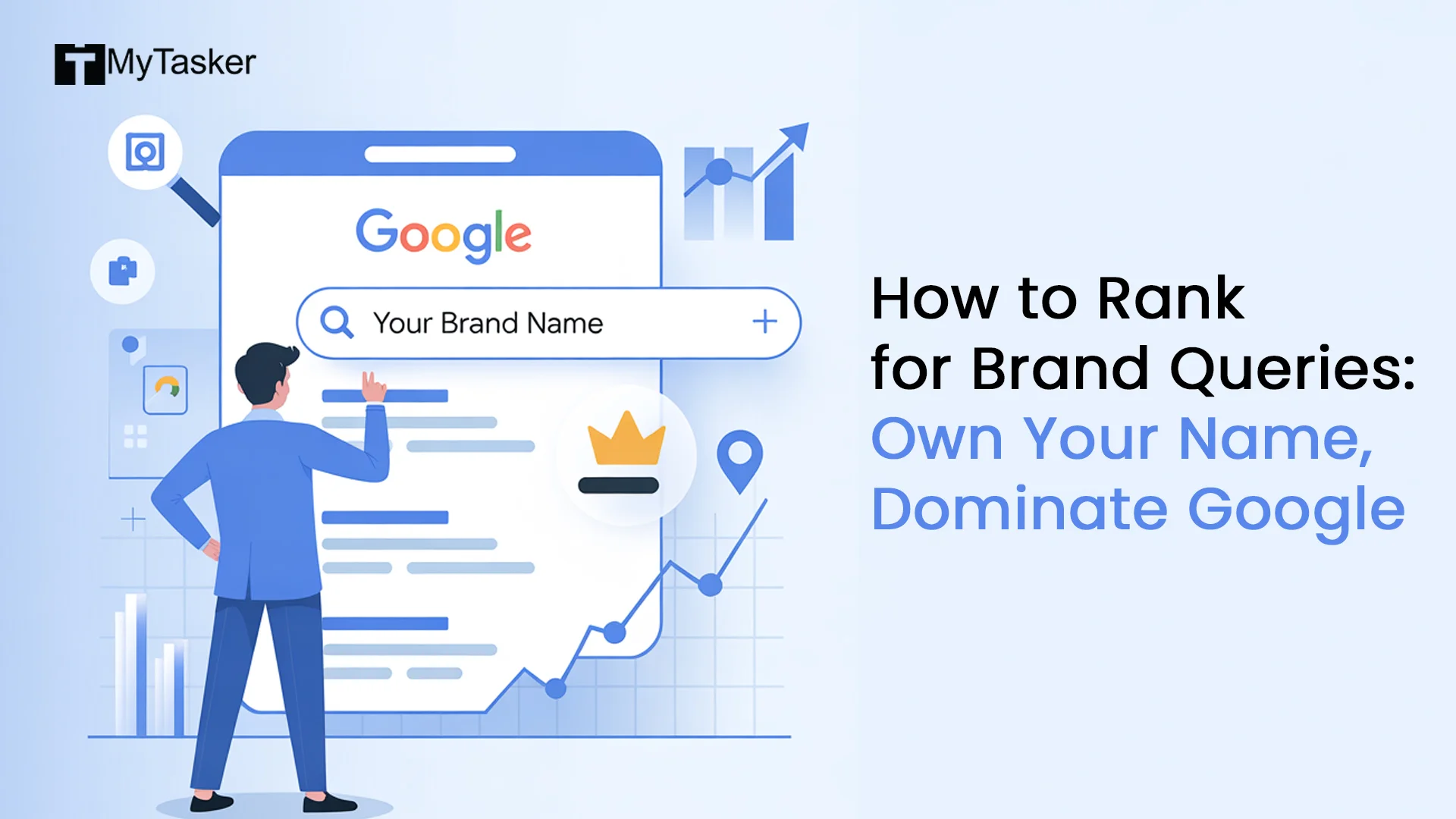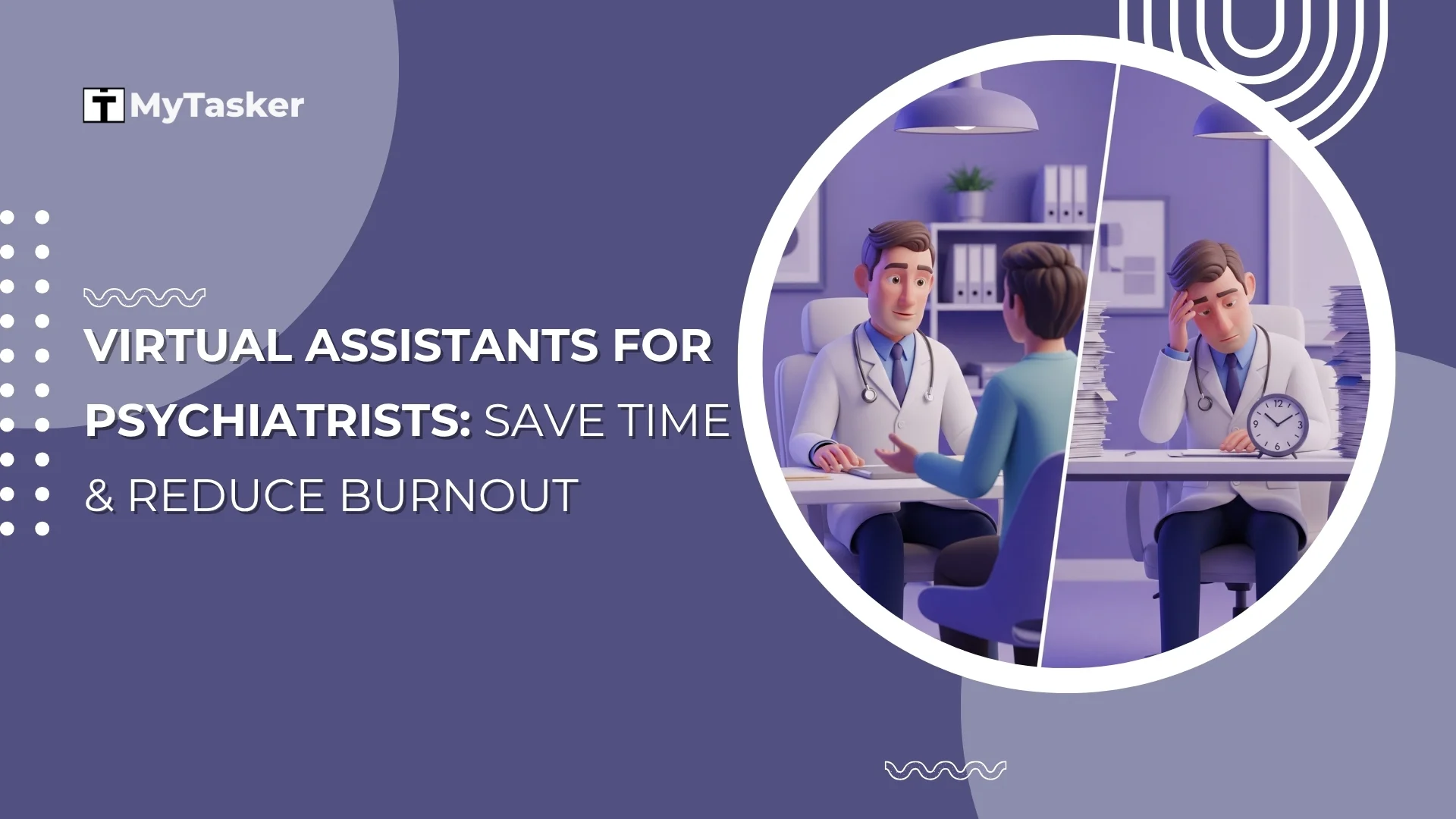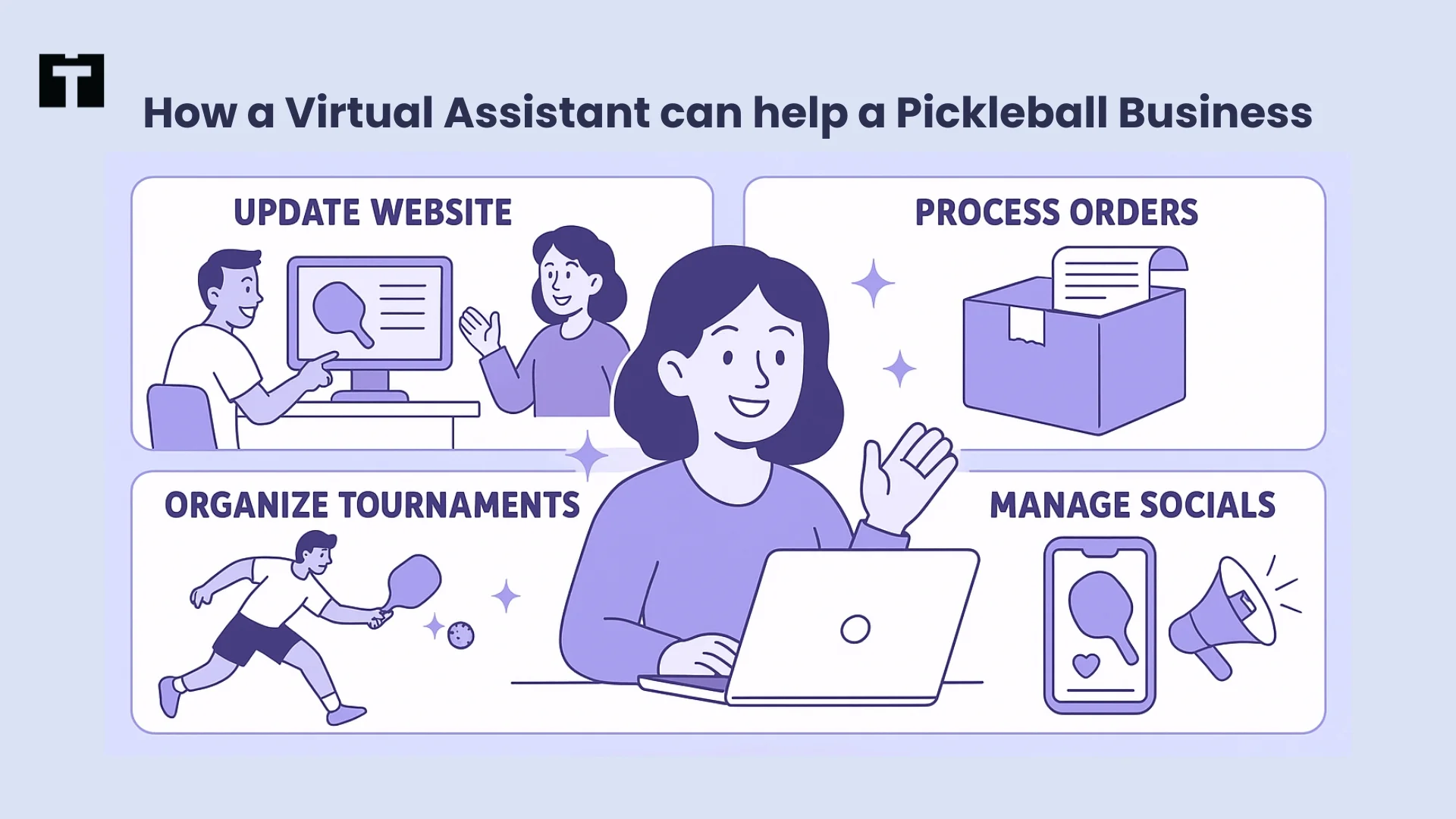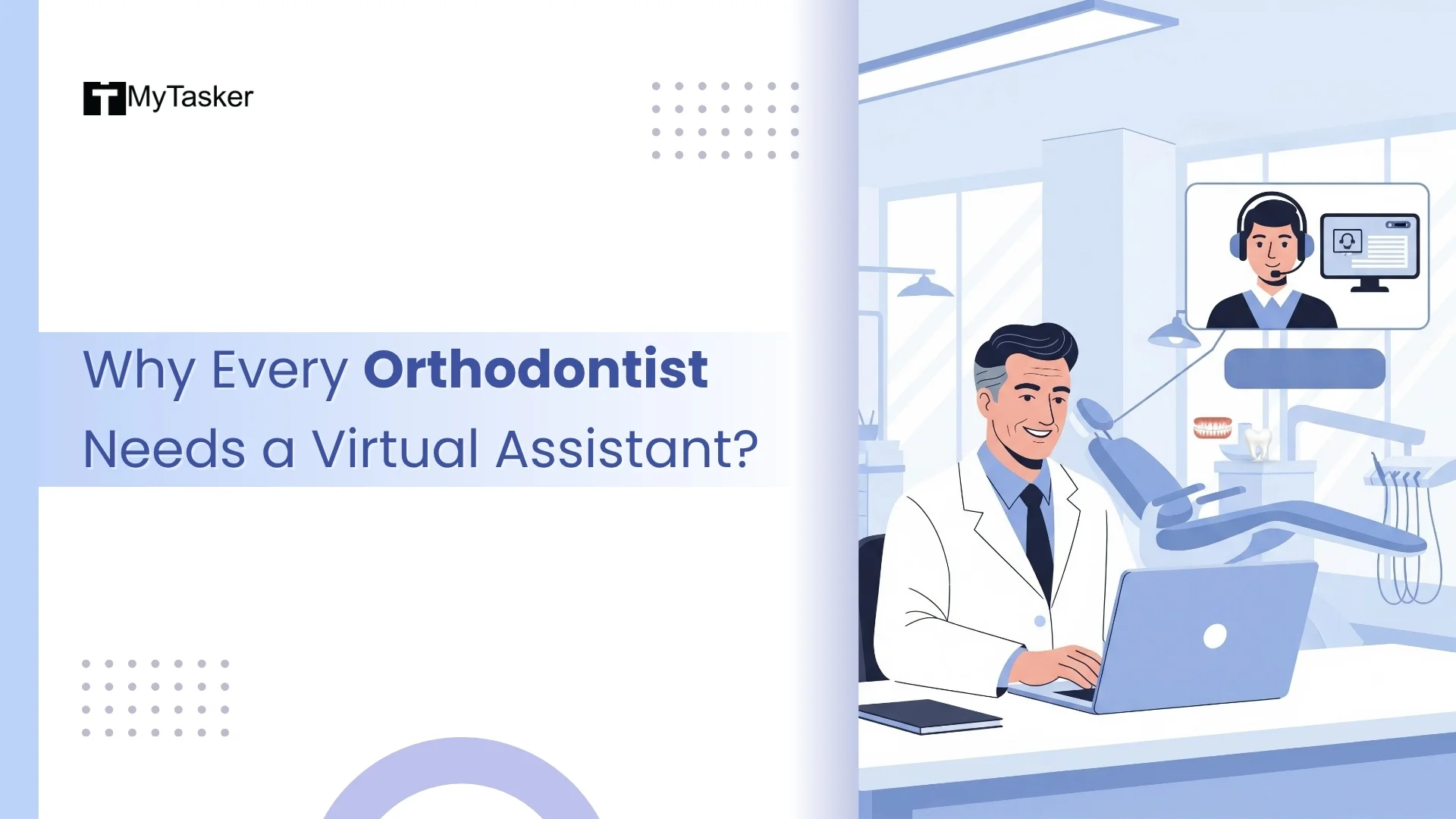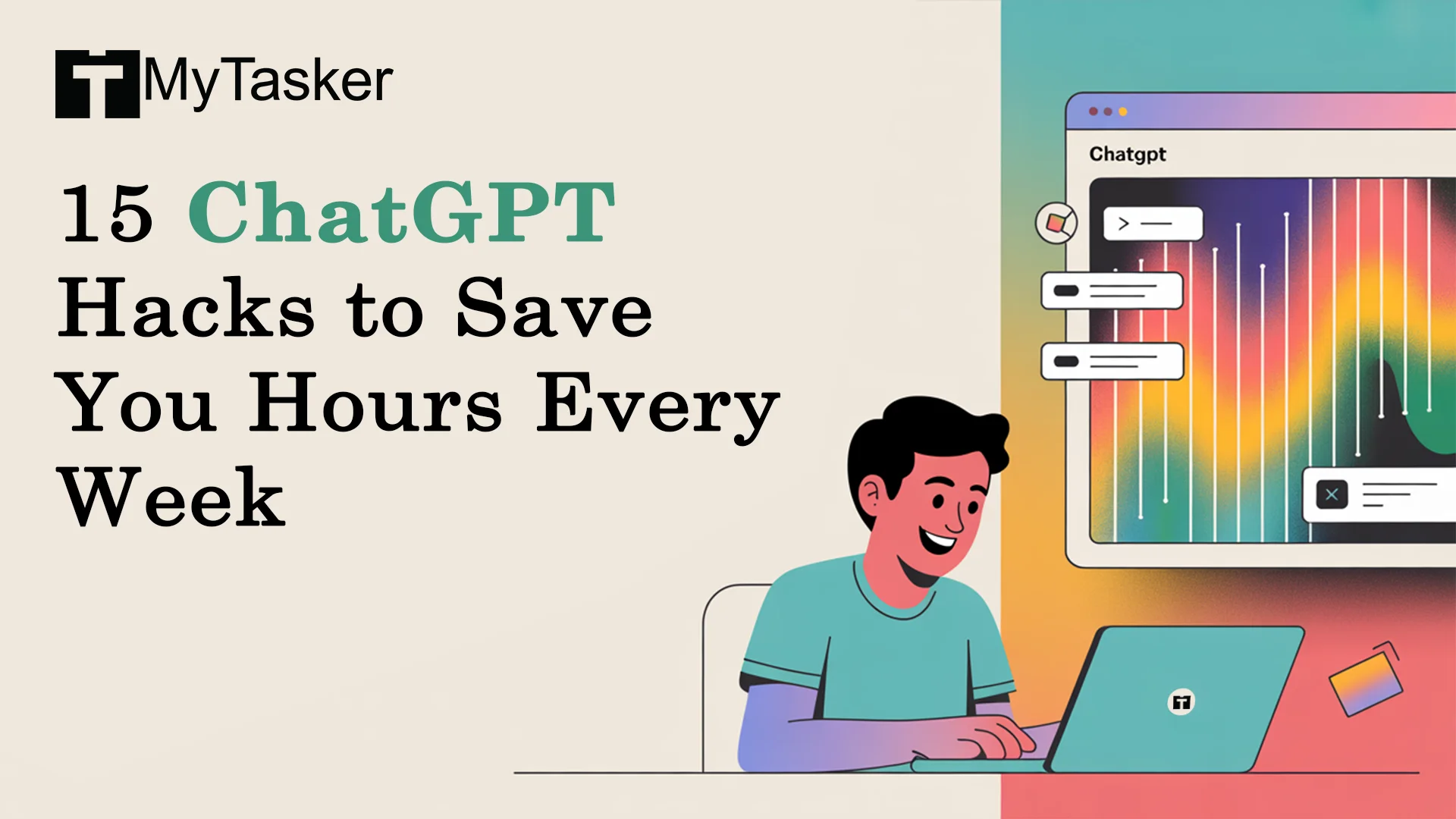Paid advertising is an excellent way to increase brand awareness. Paid marketing campaigns help the target audience to view your posts instantly. In this way, you will not have to invest the time and energy for organic reach.
Paid marketing is frequently seen on social media platforms and search engine results pages. When you are creating a paid advertising campaign strategy, you get an option to select a particular channel such as Facebook or Google Ads. In addition, you can add a well-defined and narrowed-down target audience. This categorization could be based on location, demographics, page visits, interests, and purchase history.
These ads are based on clicks and not on the time duration for which the ad runs. Pay-per-click is a payment process in which a brand only pays when someone clicks on the ads. You can set a limit on the maximum amount you wish to spend. Suppose your limit is $200, your ad will run continually unless this added balance exhausts.
For most businesses and brands, paid advertising is an excellent source of returns on investment (ROI). As per Google Economic Impact Report, brands generate a revenue of $2 on every $1 investment in Google advertisements.
According to digital marketing consulting firms, utilizing customer behaviour data or creating target ads will increase click-through rates. It is found that this step can help brands reach more new potential customers.
Reasons to Run Paid Advertisements
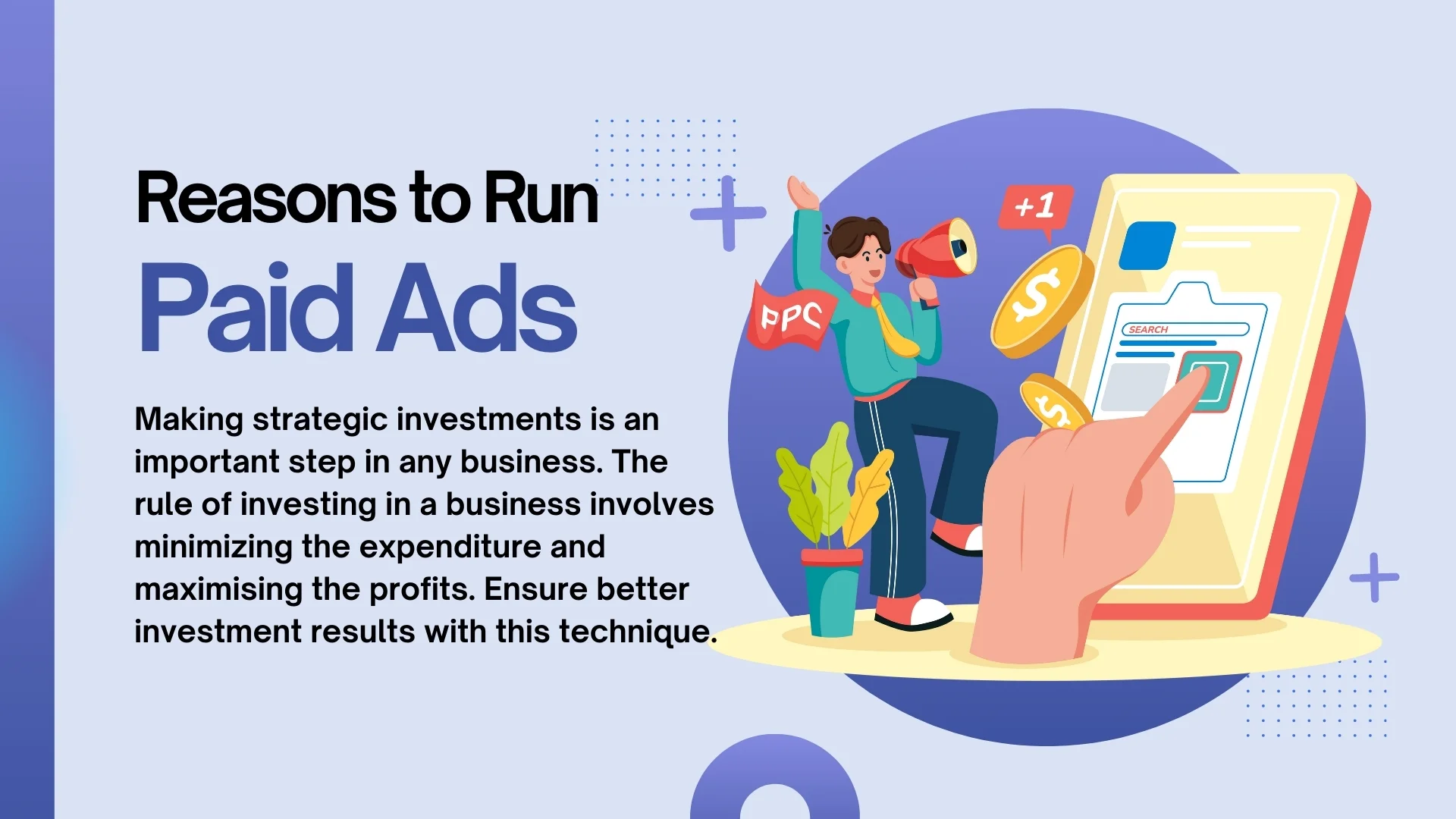
Making strategic investments is an important step in any business. The rule of investing in a business involves minimizing the expenditure and maximising the profits. Ensure better investment results with this technique.
Let us look at a few factors to consider before heading towards paid ads:
1. Use a wide range of target audiences
You can create your audience persona based on your business type and other audiences’ granular characteristics such as - interests, demographics and location. Also, you could aim for behaviour-based targeting i.e. - purchase history, frequented websites, and search history.
2. Start with smaller campaigns
When you are starting, you can learn more from creating smaller campaigns. It is because these types of campaigns with help you understand the messages and texts that resonate best with your target audiences.
3. Retarget your abandoning customers
Often a customer visits your site, scrolls through your products or services, and abandons your site. You can retarget these customers by displaying the specific products or services they viewed or clicked on. Send personalized messages to encourage buyers to take action.
4. Use analytics for monitoring campaign performance
You can include analytics tools such as Branch, SEMrush, Google Analytics, and Crazy Egg to measure the effectiveness of a campaign. Based on these results, you can devise your future strategy for ad campaigns.
5. Choose your social media Ad platforms strategically
Social media Ad platforms comprise different types of target audiences. For example, LinkedIn is an excellent choice to directly reach businesses and audiences that could use your B2B services. At the same time, to impress your GenZ customers, establish your presence via sponsored ads on visual aspects of social media platforms such as Reels and Shorts.
6. Set up your goals based on your budget
You must identify your goal for creating the paid campaign. It is always befitting to design your campaign centred around your main goal. Choose the message, platform, and call-to-action button based on your budget.
This blog shares exclusive strategies to design an ideal paid advertising campaign. Let us see.
Top 10 Paid Advertising Campaigns Creation Tips
Begin With an Objective
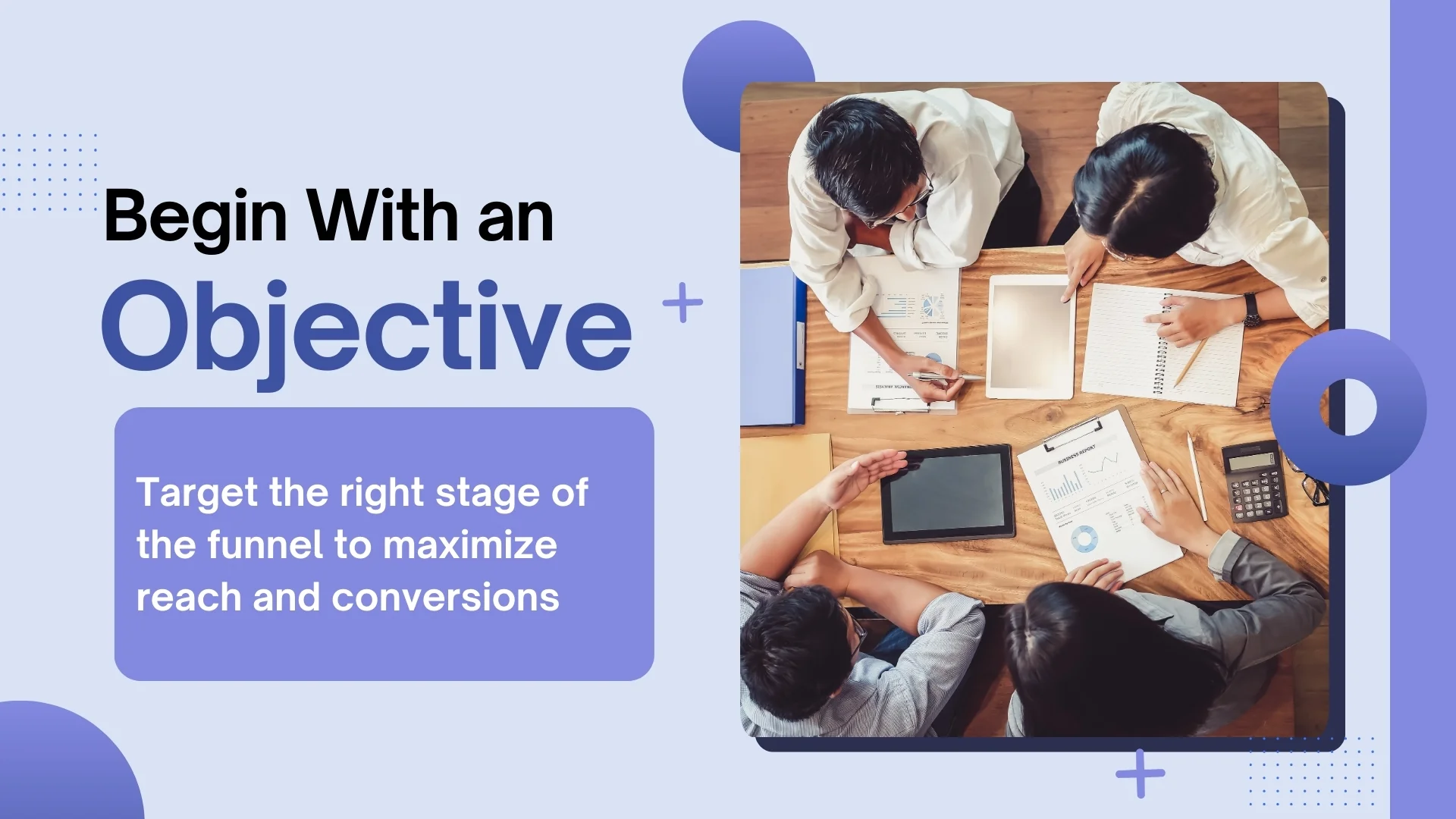
The first step to building an ad strategy with platforms like Facebook Ad Manager or LinkedIn Campaign Manager is to establish your objective. This is the first question these sites pose to you when you are creating an ad. This choice will impact your overall reach and the ad options available for you.
A customer’s journey is divided into two stages - 1. being oblivious to the brand's existence; 2. Turning into loyal customers. Facebook frames its objectives’ categories depending on the customer’s journey. For your campaigns, you can target either one of the stages or you can target all in one go.
Your audience can be grouped into 3 different stages. These stages are collectively referred to as the Conversion Funnel. The conversion funnel is conical-shaped. The top of the funnel is the awareness stage where the audience is informed about the brand. The middle of the funnel represents consideration and exploration from the customer’s end. The bottom of the funnel represents conversions.
Learn About Your Audience
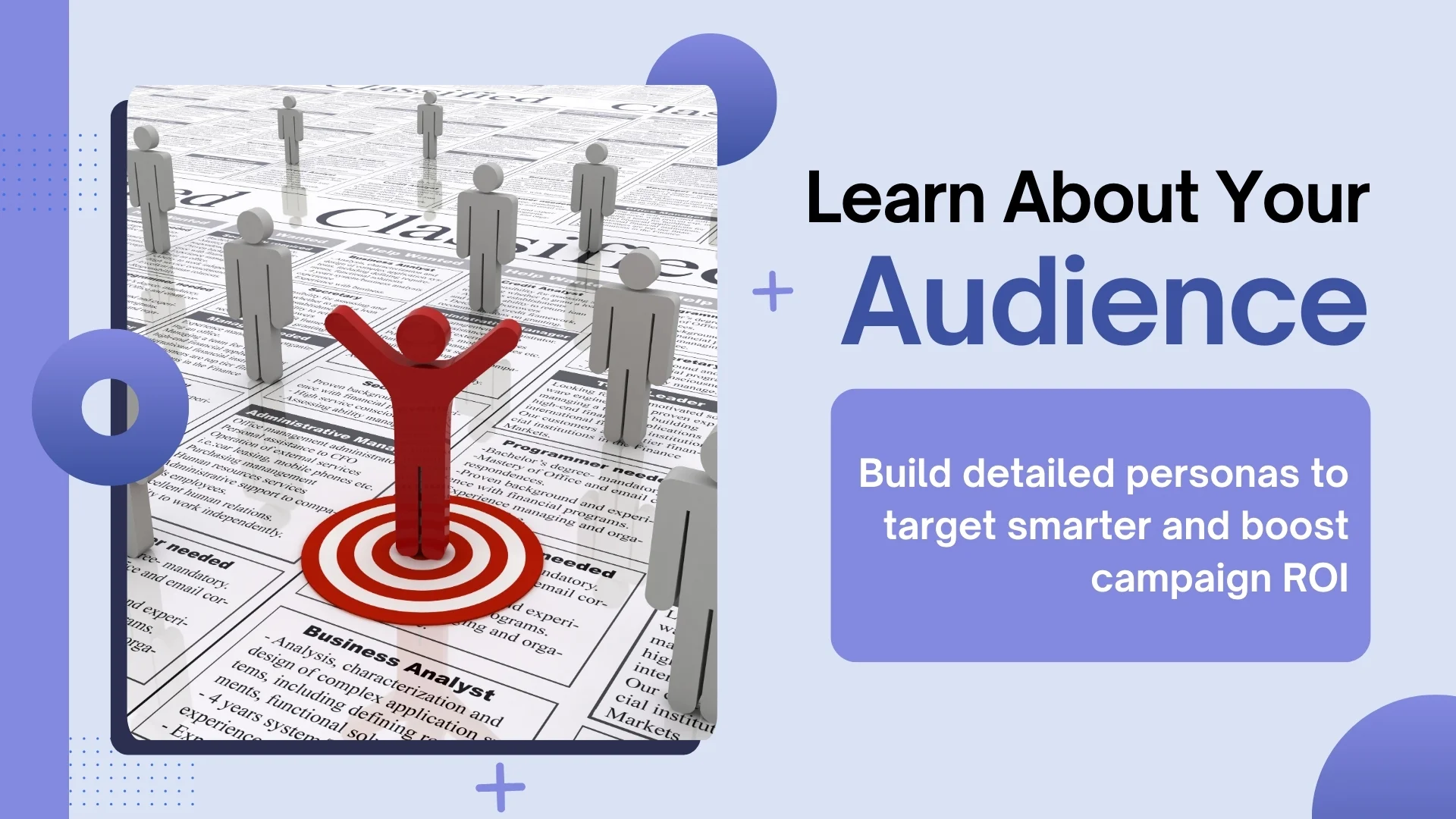
The Ads that target everyone are called “Spray and Pray”. Just like an ad is sprayed on a billboard and the brands pray that the passersby view it. Generating these ads is quite expensive. When you can determine your exact audience base, you will be able to allot your budget very smartly.
Each product or service has its unique customer base. Usually, the best digital marketing companies spend a good amount of time researching the audience's personas in great detail. This research helps them understand how and whom to showcase their products or services.
For marketing your goods or services, you can build minutely specific personas. Instead of creating just one persona, you can create as many as you want.
You can create an answer sheet for the following questionnaire to build an audience persona that fits your marketing needs. You can use surveys or schedule interviews with real customers or users to gather reviews and answers:
- Who is your audience? - Ask them about their roles in families, names, backgrounds, responsibilities and professions.
- What are their interests - Discuss their pain points, problems that your product and service can solve, hopes and desires.
- Challenges - What issues do they face when they attempt to sort their issues? It could be financial aspects, time, or resources.
Once you have conducted your extensive research, you should analyze the results and generate a list of audience personas. Base your personas on surveys from real people. Circulate and discuss this audience persona with everyone in your marketing team. This step will help them be mindful of it while creating content, advertising strategies and marketing messages.
Choose the Apt Social Media Platform(s)
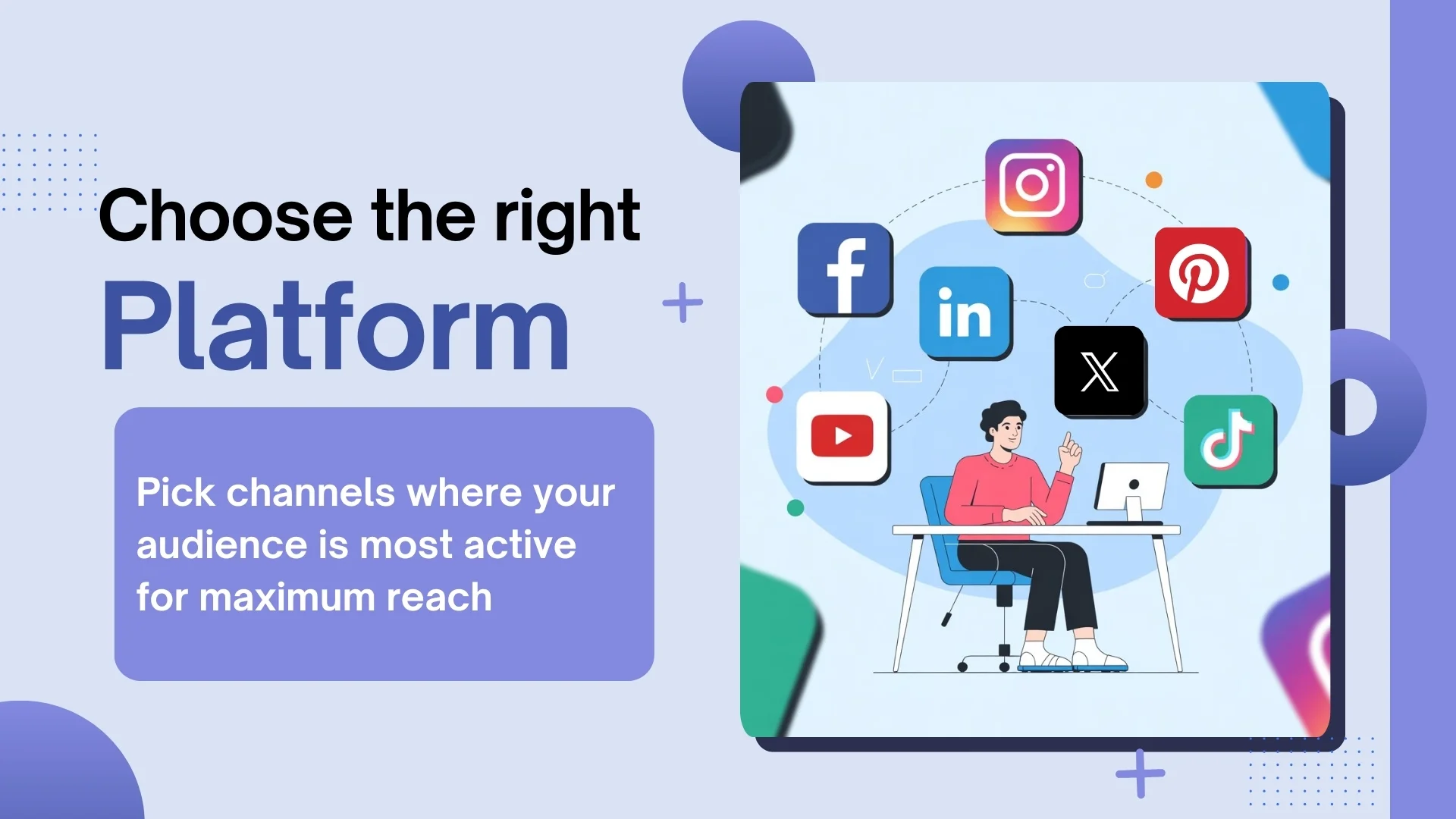
Having figured out your goals, and your audience persona, the next step is you select the appropriate social media channel to showcase your ads.
Facebook is integral to paid advertising because it has a wide variety of objectives and audience demographics to choose from. However, your campaign can perform equally well on other platforms or across multiple channels simultaneously if your audience base is present there.
Choose Your Target
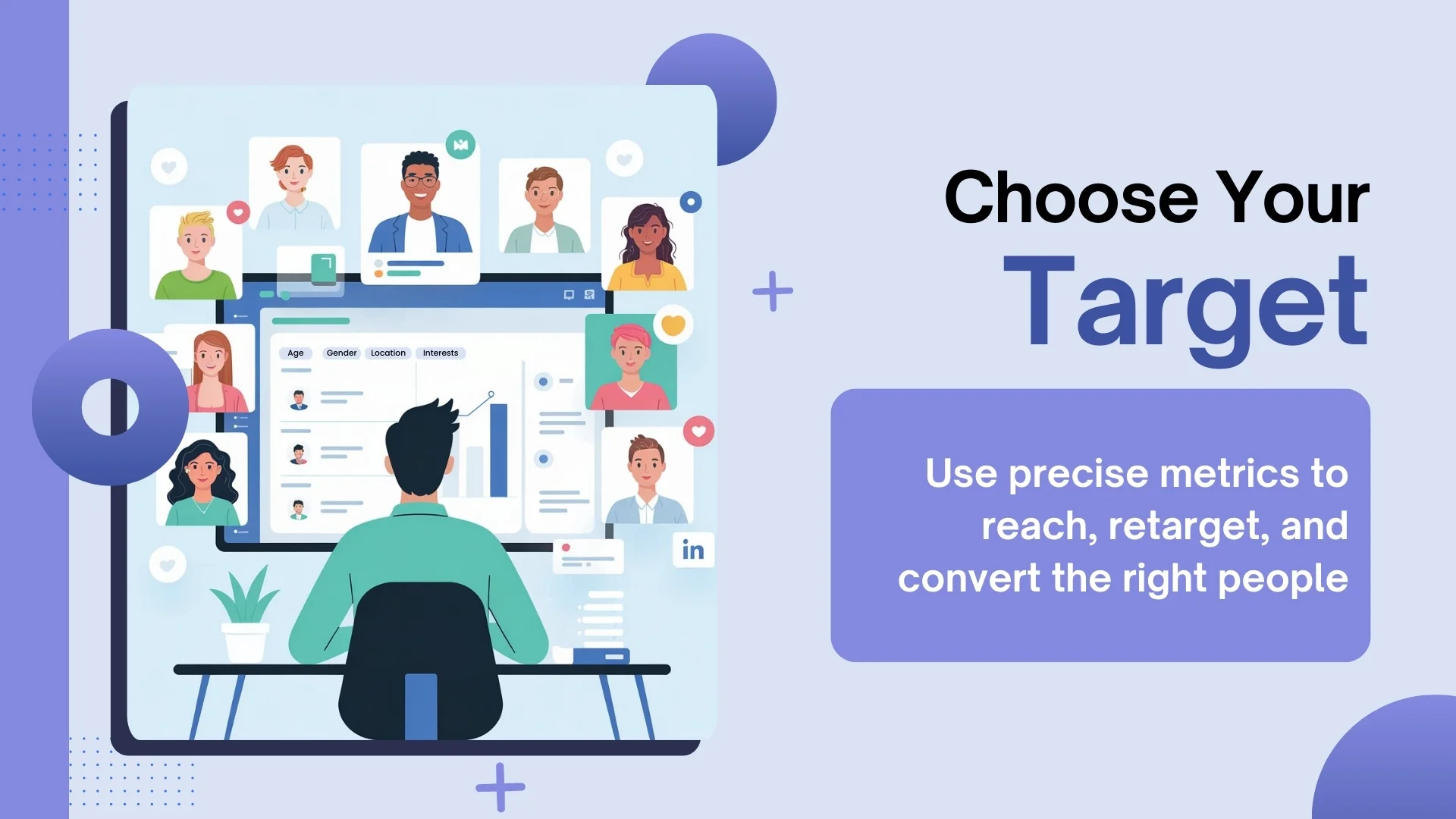
The next step is to explore the numerous audience-targeting metrics available on your platform. Targeting is very important as your posts should reach people who require your products or services. It is only then that they click and take action on them. Targeting your audience and further retargeting them helps you rope in more customers to your website.
For Instance, Facebook creates an avenue for you to select target audiences based on the following aspects:
- Gender
- Relationship Status
- Interests
- Location
- Language
- Age
- Educational status
On the other hand, LinkedIn helps you target your audiences on:
- Seniority
- Continents
- Industries
- Company size
- Countries
- City
- State
These metrics vary from platform to platform. Now, how to determine the best platform for your needs?
Hubspot suggests marketers make a minimum of 8 touch points while Salesforce suggests it should be 6-8. These touchpoints effectively lead a customer down the conversion funnel. It is valuable to have a mix of touchpoints such as blogs, ads and outreach messages. In B2C businesses you can approach up to 3 touchpoints depending on your marketing budget.
Ensure to keep your targeting and retargeting tools organized before you generate content and run ads. This ensures that the ads are relevant in the marketplace for longer.
Assemble Your Retargeting Tools
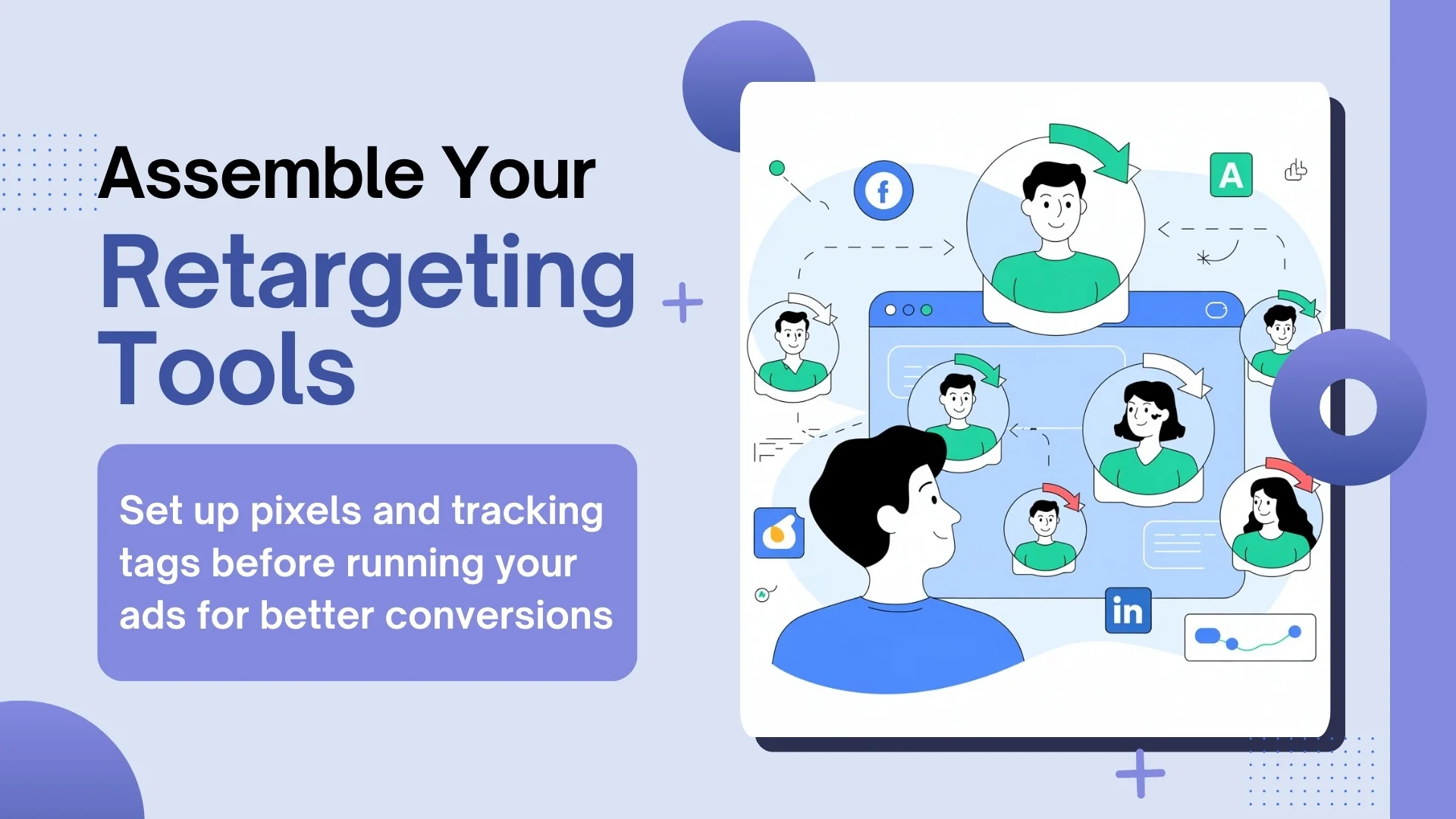
Have you observed that irrespective of the application you open, you see similar ads for products? This happens because the brands are retargeting you.
Let us look at how you can achieve this for your brand:
It is vital to assimilate your retargeting infrastructure before launching any ad. You can easily do so by building and executing:
- LinkedIn or Facebook tracking pixels
- Google Analytics tracking
- LinkedIn Insight Tags
All social media platforms have their type of retargeting or tracking tools. Therefore, you should pick social platforms separately and make sure the retargeting infrastructure is distinctly organized.
To gain more knowledge about incorporating pixels, you can navigate through several available YouTube videos or read informative blogs that describe the process in great detail. In case you have already begun with the process but have missed out on the pixels part, there is nothing to worry about. You can start now!
Now why are we emphasising so much on retargeting?
I will explain with an example. Suppose an internet user clicks on your ad. This click leads him/her to your webpage. When you have your Facebook tracking pixel active, the tool matches the user with the Facebook account. Later, you can utilize this information to retarget the customers with your ads when they are active on the app.
Facebook has another targeting option called Lookalike Audiences. The app will navigate the pool of interested people who surveyed your products or services. Once it has developed an audience persona it looks for other individuals who have similar interests. It will thus boost your audience engagement and help you reach more people.
Select the Ad Format That Works The Best For You
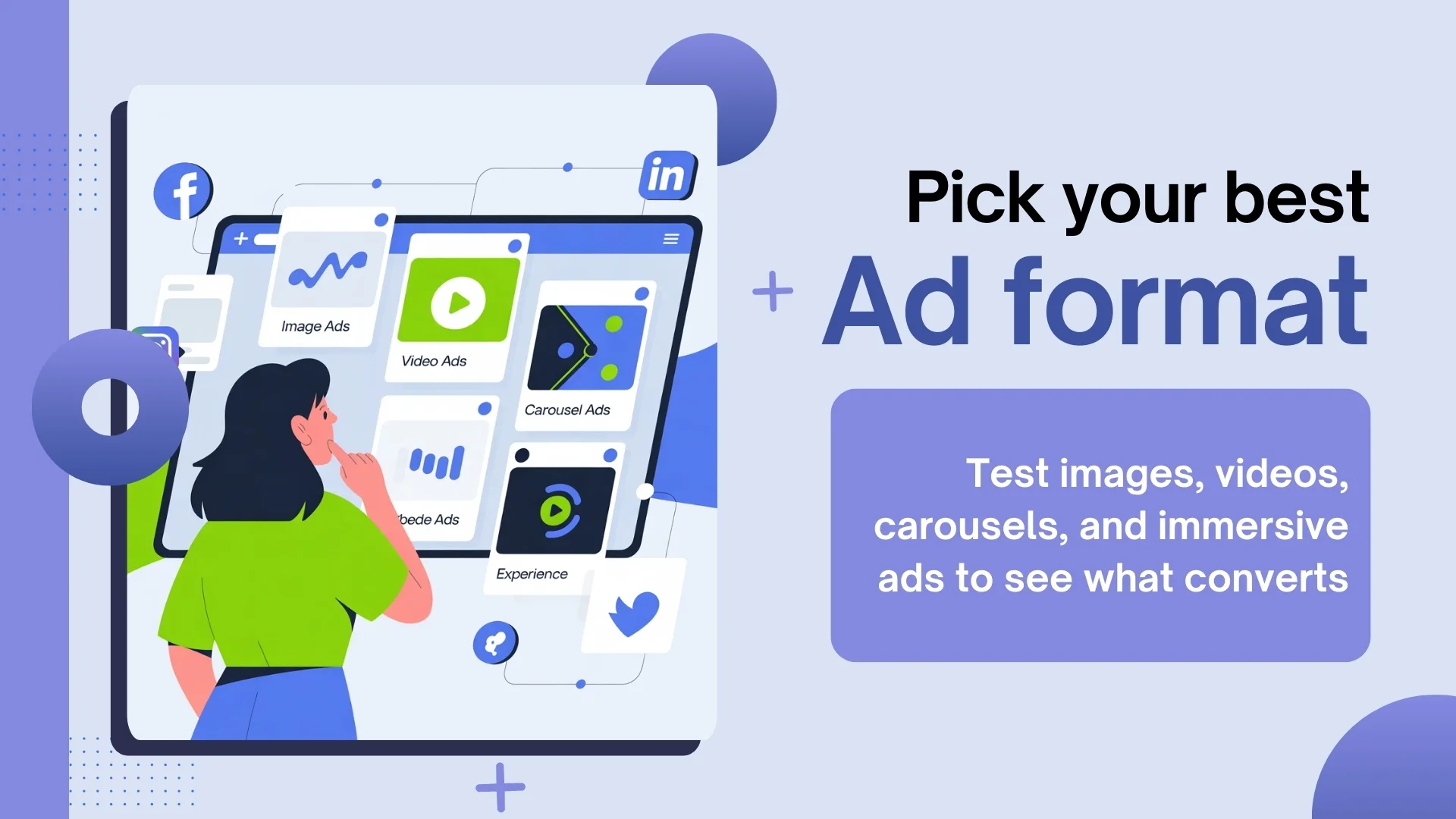
Social media channels allow you to run multiple ads to achieve 1 objective. Therefore, you can choose various ad formats to reach your goal.
Each type of ad will have its own merits and drawbacks. Your job is to figure out which format will serve your purpose the best. Decide if one specific format works for you or a combination of multiple formats.
Create an image or video to visually appeal to and sell products to your audience. Carousels are extremely effective in lead generation along with the actual lead generation from ads.
Facebook’s “Experience” ads will enable marketers to merge images and videos to create an immersive experience for viewers.
Write and Design Your Campaign Content
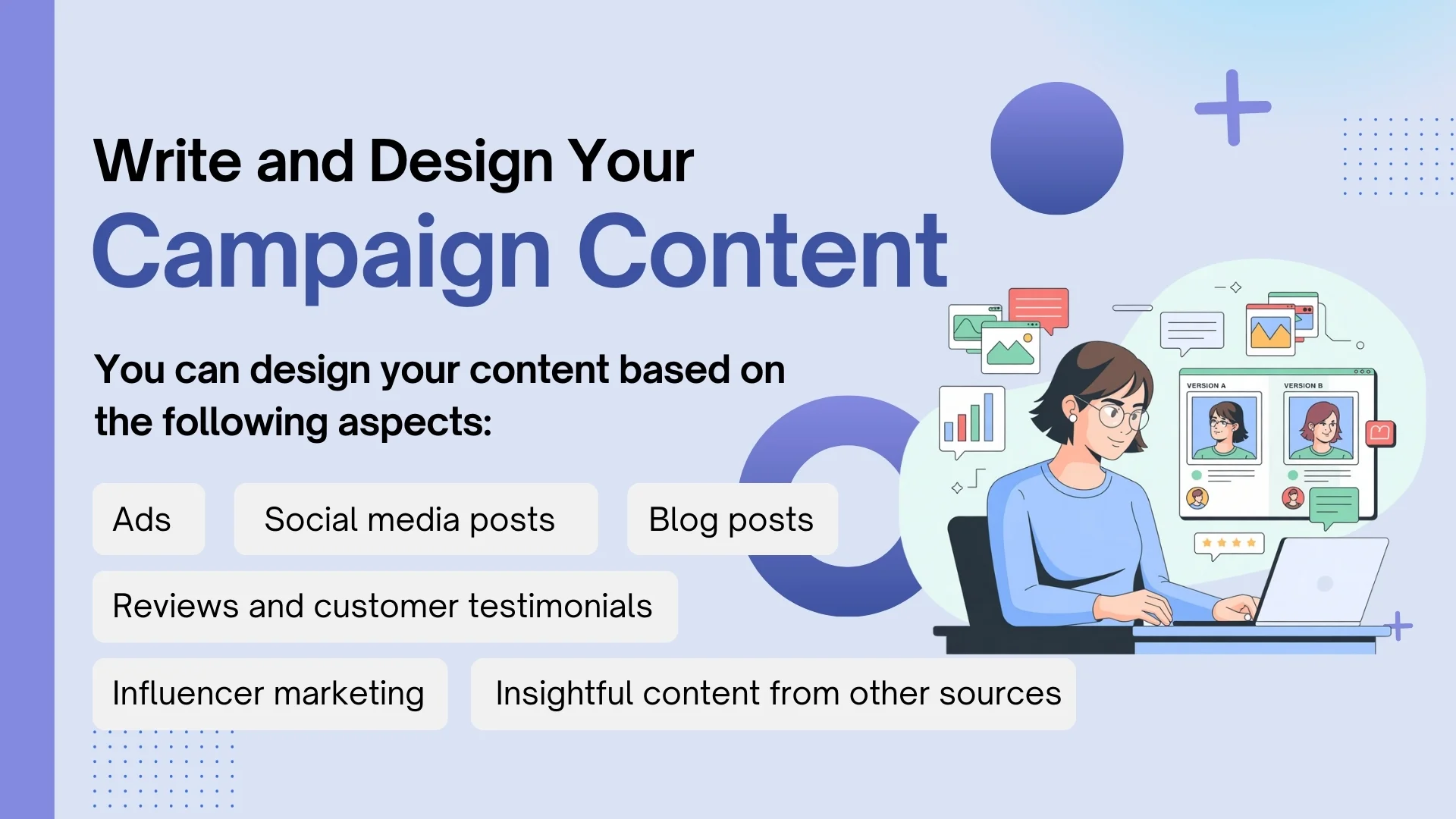
Famous directors opine that the movie begins in your mind. Similarly, content begins in your mind as well. Plan your posts to the minutest detail. Create an immersive design which includes attractive texts, appropriate images or engaging videos.
You can design your content based on the following aspects:
- Ads
- Social media posts
- Reviews and customer testimonials
- Blog posts
- Influencer marketing
- Insightful content from other sources
Let us take an example of 1 goal to achieve using a paid advertising campaign.
For instance, your goal is to increase brand awareness. Now you sell spectacles. The younger generation is more likely to purchase a stylish frame. While the older generation might want a sturdy and durable frame. Will the ad you create for the GenZ, communicate well with the octogenarians? It might and it might not. Deploy ads targeting separate groups in your awareness campaign for better results.
A/B testing is an effective way to determine the performance of every ad. You have to generate two versions of an ad or a headline. You can decide what to apply based on the performance.
Budgeting
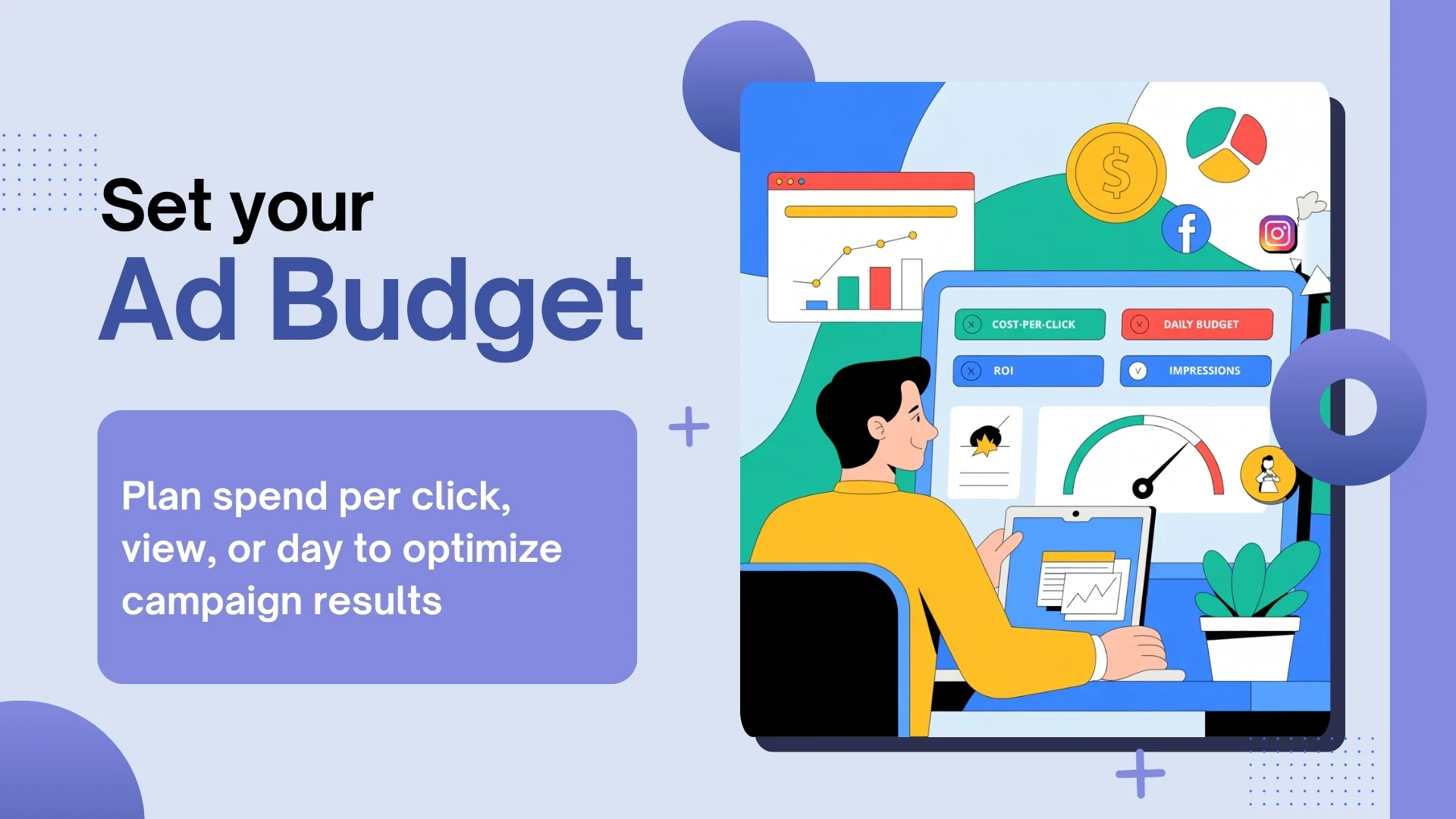
Budgeting is a vital business management facet. Decide what is the minimum budget you can spend on an ad. This allotment can be done for a day’s engagement, a click, or an impression.
You can evaluate the sum of money you wish to spend on an ad campaign using a basic calculation. You can do the math from both angles. For example, you can determine the number of pay-per-clicks for an advertising budget of $3000. Alternatively, you can also decide on a number, say 80000 views on your video. From this number, you can work out the average expenditure you need to make to hit that target.
Social media advertisements work like auctions. You have to bid for the best-suited positions on social media platforms. Upon winning the auction, you are required to pay the sum in exchange for clicks, videos, likes, messages, app installs, impressions, etc.
While creating Facebook campaigns, you should set the meter at a lifetime budget for the entire campaign duration. If you are a beginner, you will benefit the most when you keep it at “Optimize for Website Clicks.”
The reach of a campaign is directly proportional to the money you invest in marketing. More money brings more reach and thus, more sales and conversion. On average, you should allot a budget of $30 to $40 to run a campaign for a day. This means that your monthly budget for the campaign should range between a minimum of $300 to $900.
Once you establish a starting budget, you will be able to get an idea of your brand’s average CPL (cost-per-lead) or CPA (cost-per-acquisition).
Design Your Ads and Get Started
Create your ads and hit publish!
Become an engaging storyteller. Be creative, strategic and bold. Group your social media posts in a social media calendar so your team can generate coherent messages that target the right digital marketing goals.
Optimize Your Ads
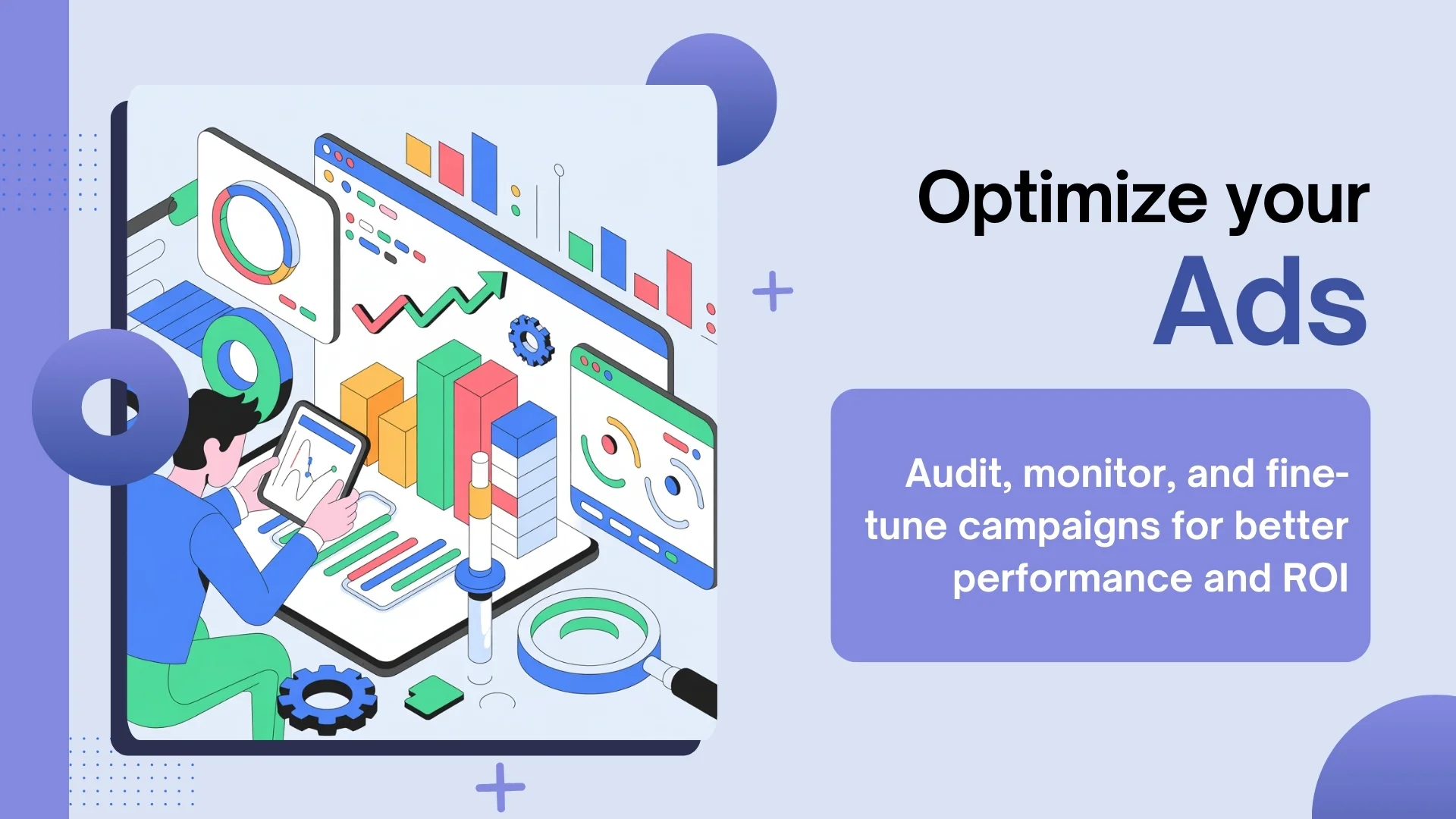
So far your task was to plan, organize, and create. The end of the list is to optimize. Even though this is the last of all points, it is the most crucial step. It is in fact, the primary thing to focus on. Here you audit your social media profiles and optimize your content to get better results.
Numerous factors drive your ads to success. Some of them include current events, market competition, budget, specific hours, seasonal specialities, and new brands. Even a slight change in these factors may lead to fluctuations in your cost-per-click results.
Certain complicated ad campaigns on Facebook require close monitoring. Marketers inspect variable aspects and showcase calculations to formulate the correct recipe for ads to display to the correct audience.
Now, the optimization is automatic. You will not have to spend time adjusting your ads. But, if you want to delve deeper into the business, you can teach yourself how to adopt manual advertising techniques to maximize your savings and results.
Bottom Line
Ad targeting on social media platforms helps you bloom your business most effectively. With this 10-step guide, you can plan and execute a brilliant campaign for your business.
MyTasker is a one-stop destination for all your marketing needs. Our digital marketing virtual assistants understand the value of both paid and organic reach. Therefore, we combine both facets to create a campaign that brings you the best results. If you are looking to spike up your sales, reach us at MyTasker.




